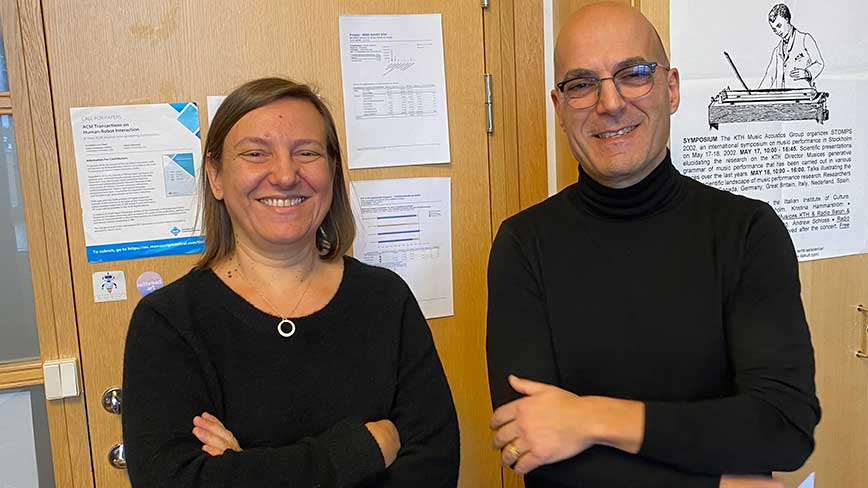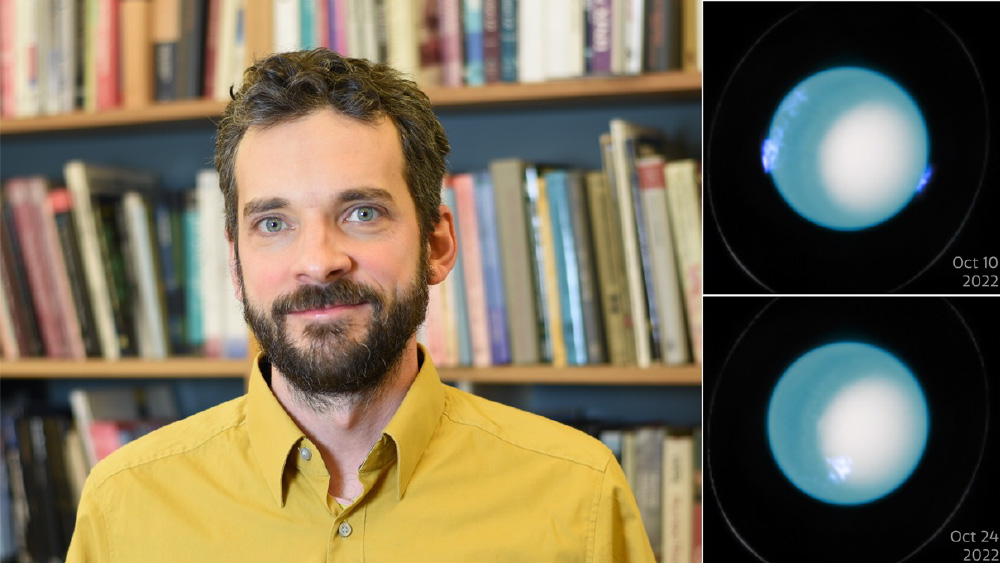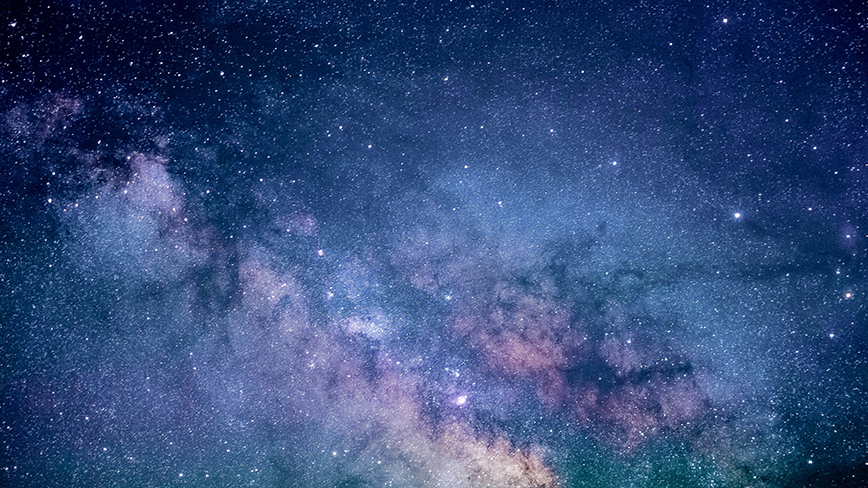KTH sound experts add new dimension to the understanding of our universe

New initiative helps astronomers not only to observe the universe, but also to listen to it.
Sound design represents a new frontier in how we observe, analyze, present and transmit astronomical data. It will also greatly benefit work on making such data accessible to people who are blind or visually impaired. This is the conclusion from a Perspectives paper recently published in Nature Astronomy.
The paper, co-authored by Sandra Pauletto and Roberto Bresin at the Division of Media Technology and Interaction Design, is the result of novel efforts to connect two distinct research objects: stars and sound.
Under the name The Audible Universe, some 50 experts from different scientific disciplines related to astronomy and sound have joined forces to boost the development of sonification in astronomy.
Practical advice on the benefit of sound
The initiative provides a platform for “star people” and the “sound people” to share and develop knowledge that could facilitate better use of sound in astronomy.
During a workshop in 2021, astronomers broadly described the nature of astronomical data such as light curves, spectrum, time series and so on, together with some of the sonification tools already used by astronomers. The sound experts, in turn, described the fundamentals of sonification and how we design, understand and perceive sound.
“We want to provide practical advice on how the astronomy community can use sound to not only observe the universe, but also listen to it,” says associate professor Pauletto, an expert in sound design and sonification at KTH.
A first step in a giant leap
Despite that the universe remains largely obscure to most of us, astronomers mostly present data only with visual images. This is where the expertise of Pauletto, Bresin and their sound peers come in. Sonification, or using sound to present information, can serve as an added or alternative resource.
“Just like the Geiger counter helped us understand the extent of radiation, astronomers can use sound to create more meaningful presentations of the sky above us,” says Roberto Bresin, a KTH professor in media technology and expert in sonic interaction design, sonification and sound perception.
For example, sound can greatly enrich the perception of how we understand our own Milky Way or galaxies as a whole. Sonification can also be of particular interest to astronomers with visual impairment because the physical object made from the data can be felt and explored better. In fact, the reliance on visualization in science data disadvantages a large part of the population that is blind or visually impaired. Sound is one possible alternative to address this issue.
True to scientific progress, the Audible Universe workshop created more questions than answers. A second meeting is planned for mid-December 2022. Pauletto and Bresin hope this collaboration is a small step in what can hopefully be a giant leap towards better collaboration between two communities that have rarely interacted much in the past.
Sandra and Roberto explains
Contacts
Related news

What is the rare interstellar object made of? New observations give clues
A mysterious visitor from outside our solar system has once again captured global attention — and researchers from KTH Royal Institute of Technology played a key role in uncovering what it really is.
Read the article
Aurorae reveal Uranus’s true rotation – with unmatched precision
After more than a decade of observations using the Hubble Space Telescope, researchers have measured Uranus’s rotation period with unprecedented accuracy – using the planet’s own aurorae as a cosmic c...
Read the article
The mysteries of space - the theme of Space Rendezvous in Kista
Once again this year, KTH Space Centre, together with Smartare Elektroniksystem and Visit Kista, invites you to Space Rendezvous in Kista. This year's theme is the mysteries of space - from comets to ...
Read the article